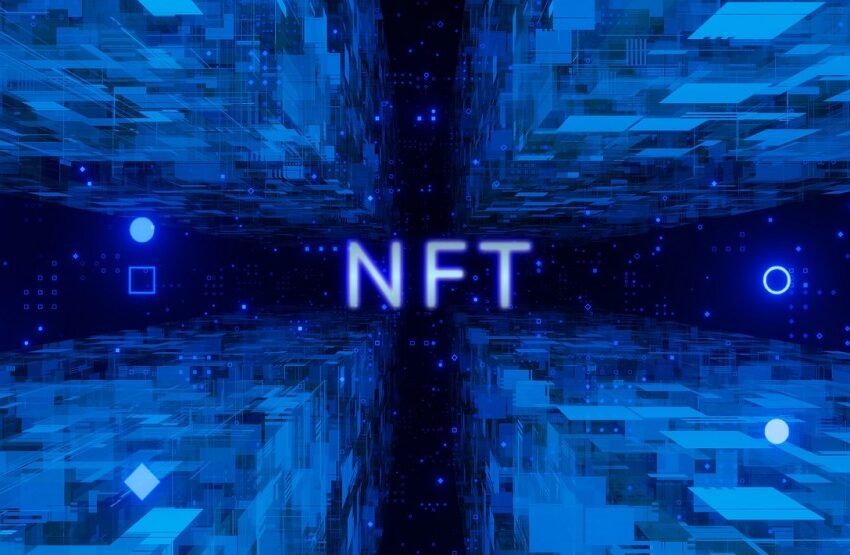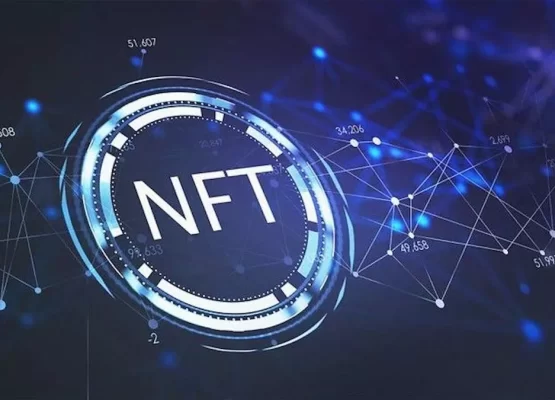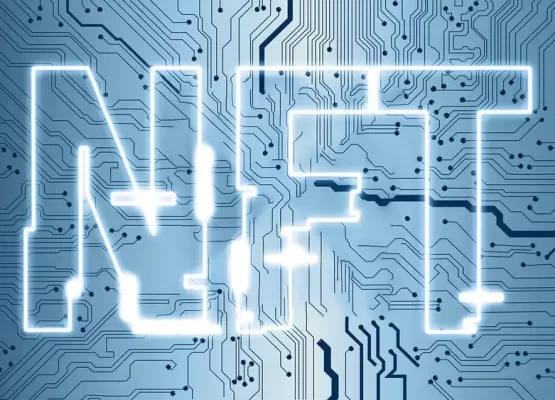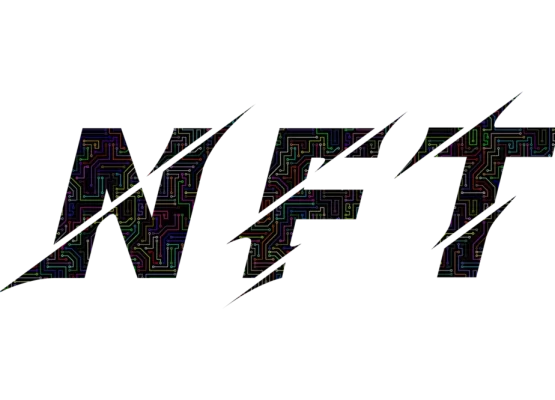In recent years, there has been increasingly more talk about digital assets such as Bitcoin and blockchain. Now, an even newer asset has emerged and been a popular topic: NFTs. An acronym for non-fungible tokens, NFTs are appealing to collectors and investors. They may be intriguing to you as well. First, it’s important to understand how NFTs work and what you can do to get started. Learning about NFT based authentication and other key terms can give you the familiarity you need.
The Basics of NFTs
First, you need to understand what is NFT and how does it work. A non-fungible token is a unit of data on a blockchain digital ledger. It can be a work of art, such as a painting. It can also be another type of collectible. Some NFTs also include real estate, music, or trading cards. The NFT is the original work, which is more valuable than any copy.
Every NFT is sort of like a certificate of authenticity. It proves that the digital asset in question is a unique creation. It is also not interchangeable. Moreover, you can’t alter an NFT or adjust it in any way. Creators can have peace of mind to know that no one can ever steal the NFT they make.
Understanding Digital Assets
Today, more and more assets exist digitally: photographs, music, books, and much more. These assets carry with them certain rights of use. For example, people can copy, duplicate, and modify digital assets as they choose.
The Role of Blockchain in NFT Based Authentication
A blockchain is a database that stores electronic data. However, it’s different than a regular database. A blockchain is bunches of data that link together. They form a shared digital ledger or collection. This records the information within this database or chain. Each blockchain is on a server where any can access other entries. The blockchain allows for the recording and tracking of assets.
How NFTs Are Valuable
Another question to address is, what is NFT strategy? To discuss this, it’s helpful to point out that NFTs have value. An NFT is a certificate of ownership for a digital asset. It’s valuable because people want to collect the asset. Each one also has a future sale value. Because people can collect and sell NFTs, their value can increase over time. A common strategy for investors is to choose an NFT that interests them. Then, the investor predicts how that NFT will perform.
Other Examples NFTs
You likely have questions such as this: what is NFT and how does it work? Further examples of what you can use NFTs for include the following:
- Event tickets
- Fashion
- Luxury items
- Gaming and in-game items
- Memorabilia
You Can Get Involved Today
Cryptocurrency continues to be a popular way to invest. Now, you should explore the world of NFTs. You can begin today and verify NFT authenticity. Start by contacting the experts at us. Our dedicated team can explain the fine points of this exciting technology and how you can benefit from it.
Disclaimer:
Statements in this article, including any statements relating to the company’s future plans and objectives or expected results, may include forward-looking statements. Forward-looking statements are based on numerous assumptions and are subject to all of the risks and uncertainties inherent in technology development and commercialization. As a result, actual results may vary materially from those described in the forward-looking statements.




